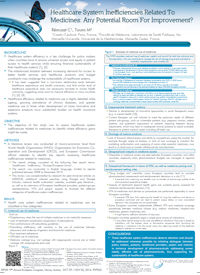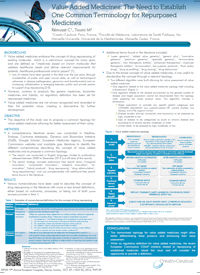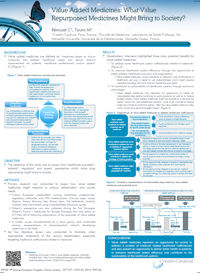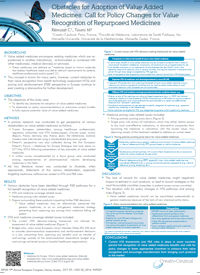




Healthcare System Inefficiencies Related To Medicines: Any Potential Room For Improvement?

Value Added Medicines: The Need to Establish One Common Terminology for Repurposed Medicines

Value Added Medicines: What Value Repurposed Medicines Might Bring to Society?

Obstacles for Adoption of Value Added Medicines: Call for Policy Changes for Value Recognition of Repurposed Medicines
This document sets out to describe the effects on price, volume and market share following the arrival and presence of biosimilar competition in the European Economic Area (EEA). The document consists of a set of indicators and guidance on how to interpret these indicators. It has been prepared as a set of indicators to monitor the impact of biosimilars in the European markets. It was prepared by IMS Health at the request of the European Commission services with initial contributions from EFPIA, EGA, and EuropaBio.
EMA has a central role in setting the rules for biosimilar submissions, approving applications, establishing approved indications and monitoring adverse events, and if necessary issue safety warning. We have when appropriate quoted their information and statements.
This first report will be based on full year 2014 data; the objective thereafter is to annually publish the previous year’s updated indicators.
To read The Impact of Biosimilar Competition full report, please click here.
To read The Impact of Biosimilar Competition: Reading Guide, please click here.
To read The Impact of Biosimilar Competition: Five Observations by IMS Health, please click here.
To consult the infographics, please click here.